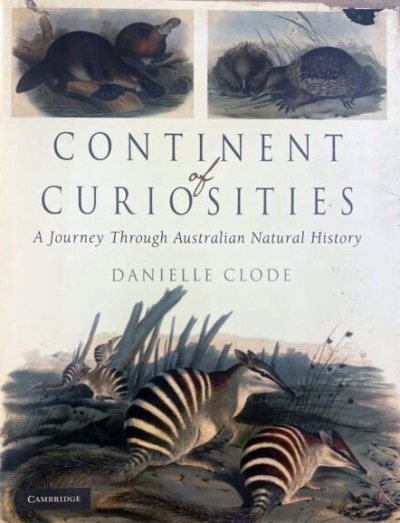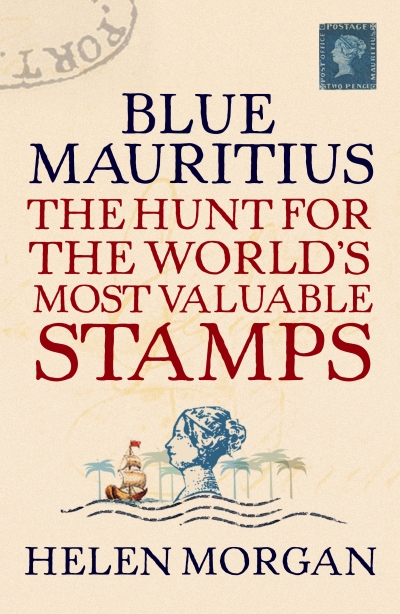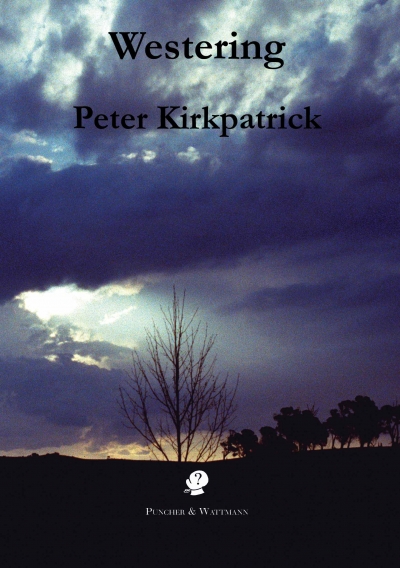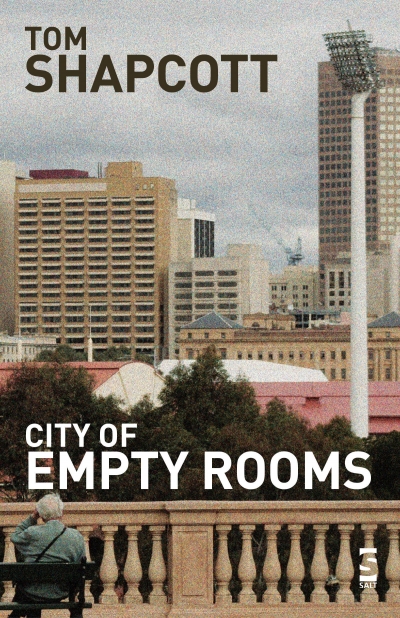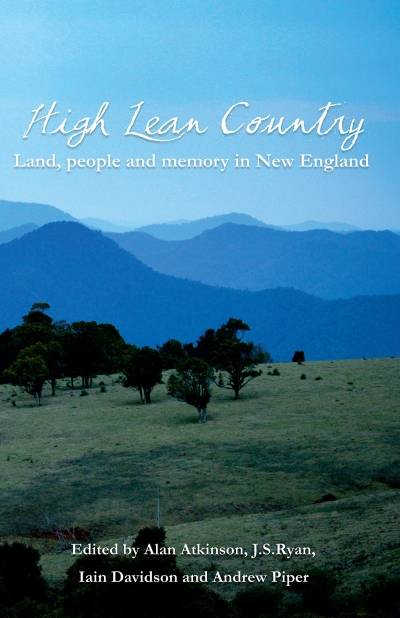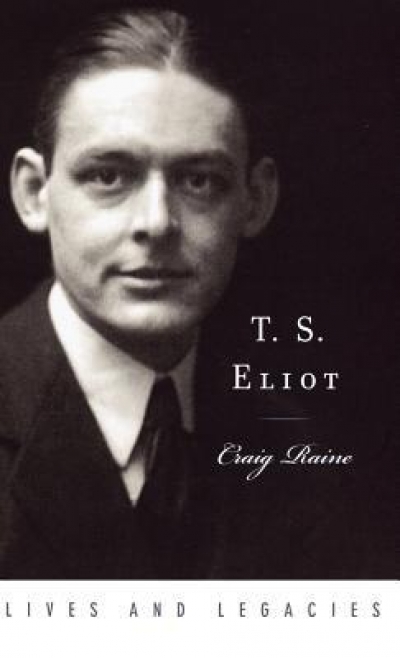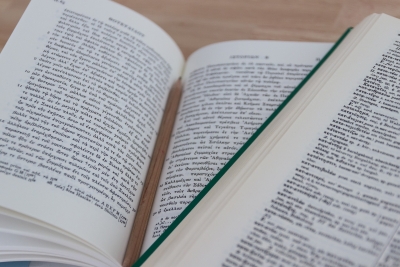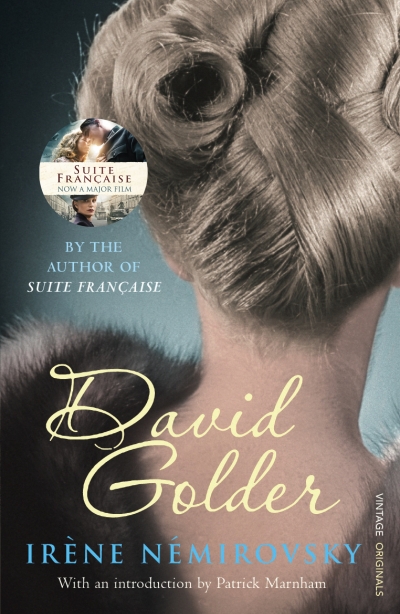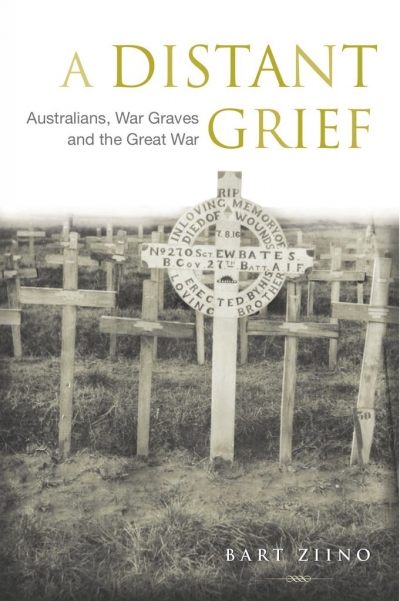Archive
Continent of Curiosities: A journey through Australian natural history by Danielle Clode
'Virtual Lives: History and Biography in an Electronic Age' by Lawrence Goldman | 2007 Seymour Biography Lecture
Universal dictionaries are no longer possible or desirable. If we would conquer the realm of knowledge we must be content to divide it.’ Thus wrote The Times on 5 January 1885 in its first article on the Dictionary of National Biography (DNB), whose initial supplement – the first of an eventual sixty-three published over the next fifteen years – was then about to appear.
... (read more)Blue Mauritius: The hunt for the world's most valuable stamp by Helen Morgan
High Lean Country: Land, people and memory in New England by Alan Atkinson et al.
The world we live in provides us with a great deal of information that is not really intended to inform. We must be informed, for example, that a phone call is being recorded for training purposes. Thus language becomes an accessory to the black arts of spin, propaganda, manipulation and arse-covering. Words are twisted and violated, making it difficult to recover the meanings, the distinctions, that we need. What was clear becomes murky, while murkiness is hidden behind a veneer of false clarity. Protean language becomes complicit in the world’s nefarious purposes.
... (read more)
